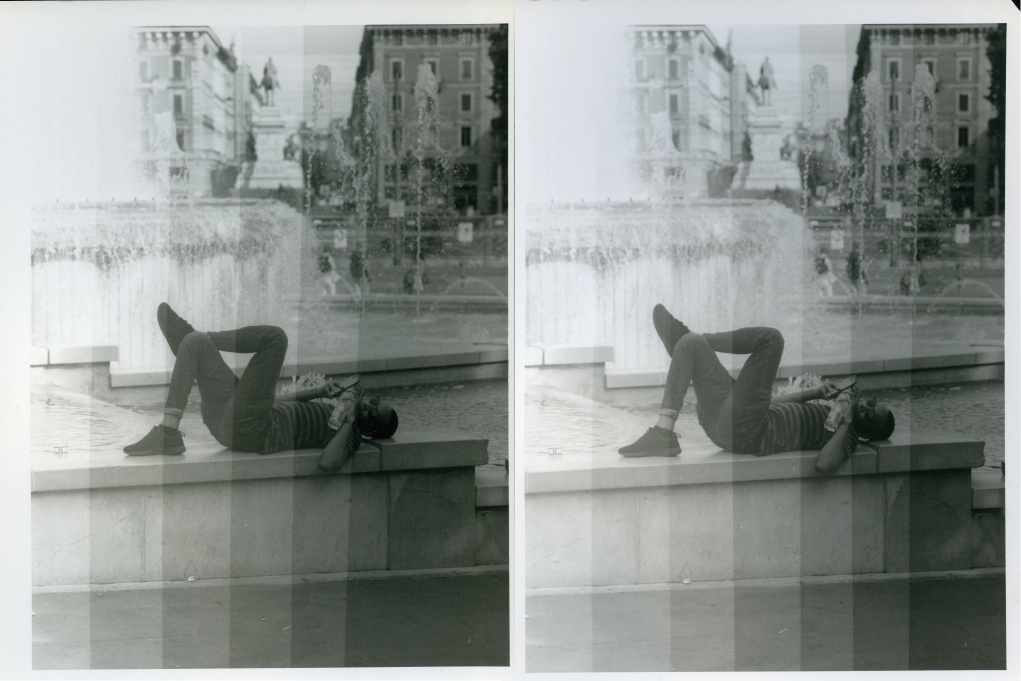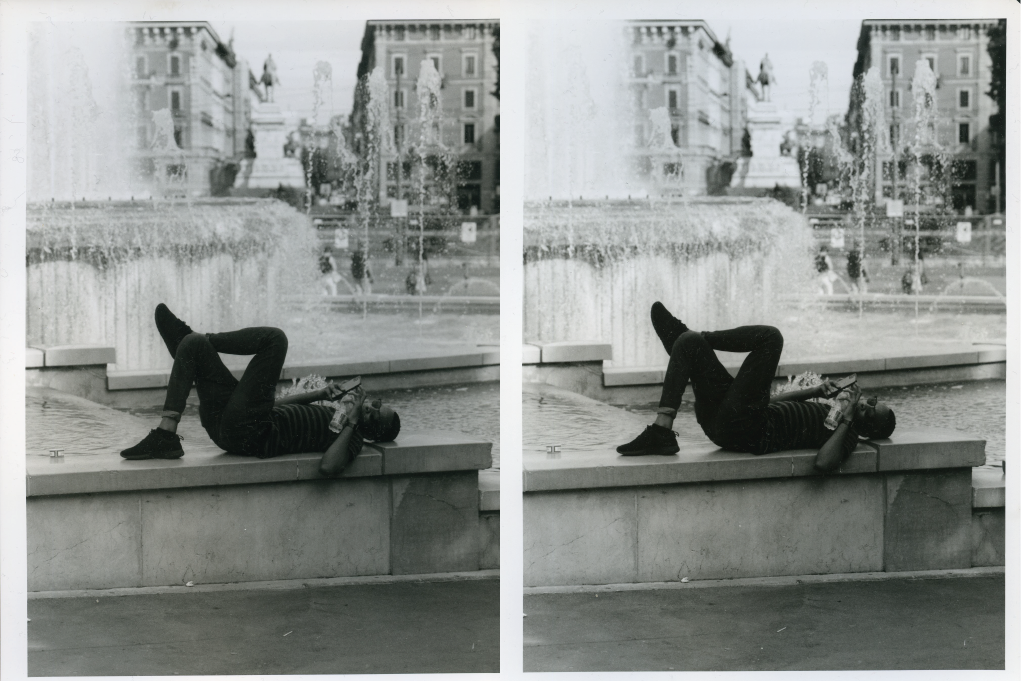TOC
Often on the Internet, resin coated papers live in the shadow of the myth of fiber based ones: it is said that they are good only for learning or for spending less. There is a grain of truth in that, but with modern products, the difference in quality has narrowed a lot: now RC papers can reach a considerable maximum density, and the processing of polyethylene has reached a point where the surfaces, although not comparable to paper, are perfectly credible.
My reference resin coated paper was the Ilford MG V pearl: it is a paper that I find wonderful, and I have never found myself in a situation where she was the weak link. I never thought about replacing it, but I have tried the Fomaspeed Variant 313, and now I am in doubt.
For the tests, I used a development that had recently been back on the market and that I have been using ever since: the Ornano Bromorapid. As the name implies, it is a very energetic detector with an appearance time of under 10 seconds.
First step: test strips
Dmax
The first test was a simply scaled specimen to see the maximum blackening of the paper: a series of strips until the difference on the most exposed ones is no longer distinguishable.
From this first test we can see how the maximum densities are similar in these conditions: to be consistent, I developed both specimens for 10 times the appearance time, which is 6 seconds for Ilford and 9 for Foma.
Development variations
To see the difference in behavior concerning development, I repeated the experiment with more centered specimens and changing the development time: 5, 10, and 15 times the time of appearance. Ilford paper is famous for being insensitive to these differences in treatment: no particular changes in tone or contrast are observed. The foma card does not differ much in this sense, but it is evident that in all cases the two cards have different shades: the Ilford is much warmer.
Second test: a test photo
From the scalar specimens, you can only get a rough idea, so I finished the first test session and tried to print a photo with the split grade method. I don’t really like this method, but it quickly showed an operational difference between the two cards: Ilford has a much more gradual contrast response while Foma still suffers from the sensitivity jump defect that plagued the Ilford MGIV.


I tried to print the two copies as evenly as possible. Both cards managed to render the tonal range of the negative well, and once again the main difference between the two is the tone.

Final thoughts
Trying the Fomaspeed Variant 313 was a pleasant surprise: it is a card that costs significantly less than its English counterpart but which is not significantly worse, on the contrary. Half a pack of paper is not enough for a complete judgment. However, it is evident how the two cards play it: the surfaces are almost indistinguishable, the Dmax with my standard development is comparable and removed the defect of grades 4 and 5 of the Foma paper even in practice they are very similar.
The differences are all a matter of taste, and having the choice between two equally good products is always good news.